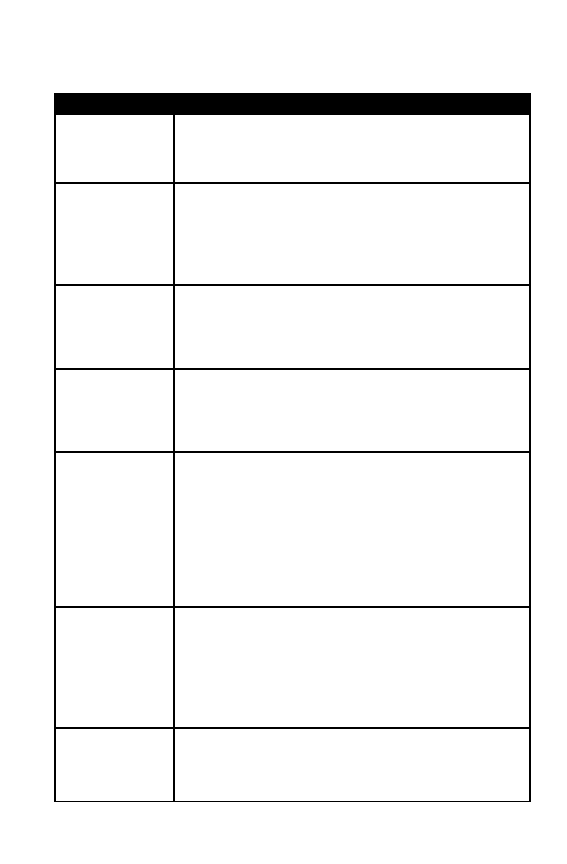Snowmobile Polaris RMK & Switchback (2004 year). Manual - part 28

111
TROUBLESHOOTING
Suspension Troubleshooting
Problem
Solution (perform only one change at a time)
Rear suspension
bottoms too easily
- Verify sag dimension (see set-up decal or page 35). Adjust
torsion spring blocks (page 36) or install optional torsion
springs to achieve correct sag dimensions.
- Increase shock compression damping (page 37).
Rear suspension
rides too stiff
- Check for binding suspension components and grease all
pivot points.
- Verify sag dimension (see set-up decal or page 35). Adjust
torsion spring blocks (page 36) or install optional torsion
springs to achieve correct sag dimensions.
- Decrease shock compression damping (see page 37).
Too much weight
transfer when
climbing
- Verify sag dimension (see set-up decal or page 35). Adjust
torsion spring blocks (page 36) or install optional torsion
springs to achieve correct sag dimensions.
- Move limiter strap on front torque arm to high position
(see set-up decal or page 36).
Too little weight
transfer when
climbing
- Verify sag dimension (see set-up decal or page 35). Adjust
torsion spring blocks (page 36) or install optional torsion
springs to achieve correct sag dimensions.
- Move limiter strap on front torque arm to low position
(see set-up decal or page 36).
Front end pushes
- Check for worn skags
- Check for binding front suspension shafts and steering
components, grease all pivot points (elevate front of machine).
- Verify sag dimension (see set-up decal or page 35). Adjust
torsion spring blocks (page 36) or install optional torsion
springs to achieve correct sag dimensions.
- Increase IFS preload (see page 32).
- Move limiter strap on front torque arm to high position
(see set-up decal or page 36).
Steering is heavy
- Check skags and skis for damage.
- Check for binding front suspension shafts and steering
components, grease all pivot points (elevate front of machine).
- Verify sag dimension (see set-up decal or page 35). Adjust
torsion spring blocks (page 36) or install optional torsion
springs to achieve correct sag dimensions.
- Decrease IFS preload (see page 32).
Machine darts from
side to side
- Ensure skis are properly aligned (see page 101).
- Check for binding front suspension shafts and steering
components, grease all pivot points (elevate front of machine).
- Ensure skags are straight on skis.